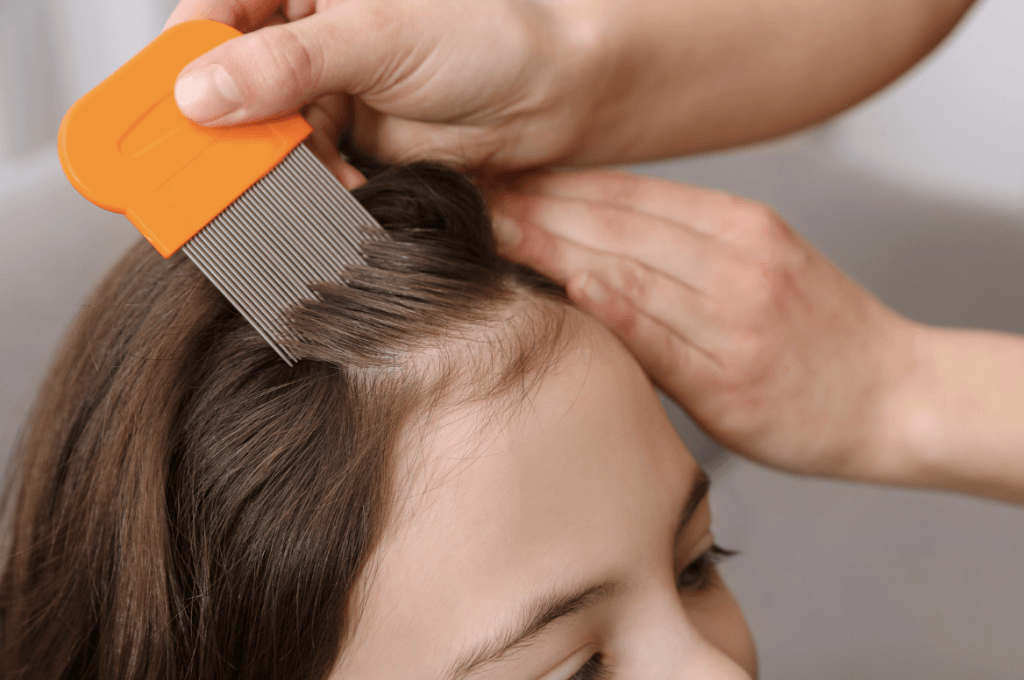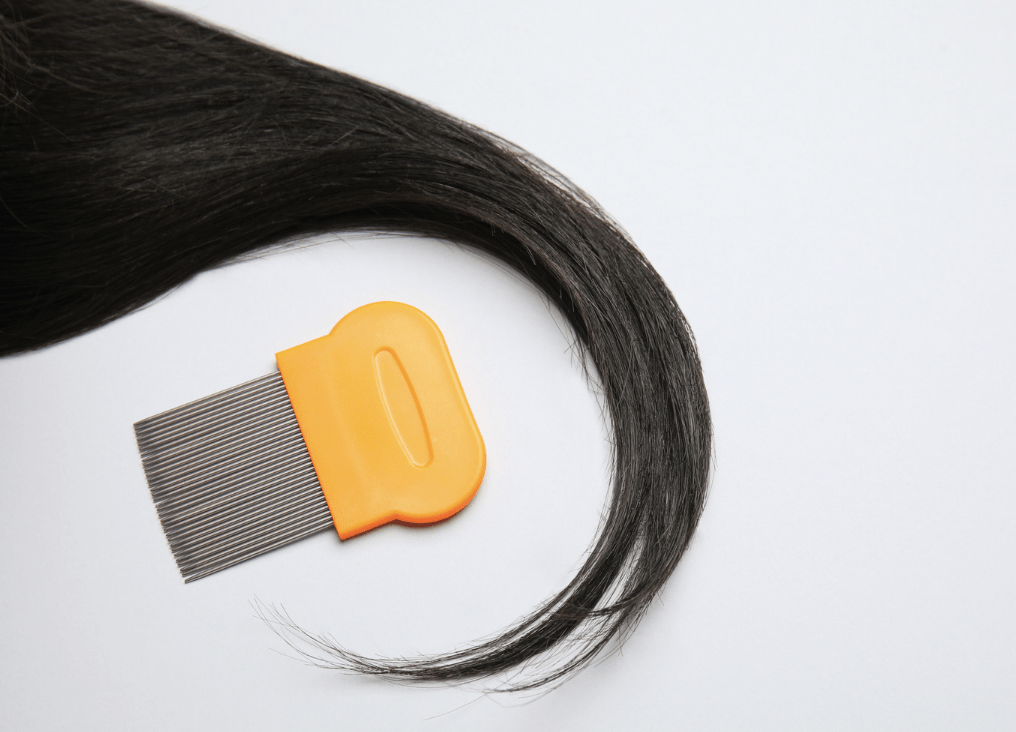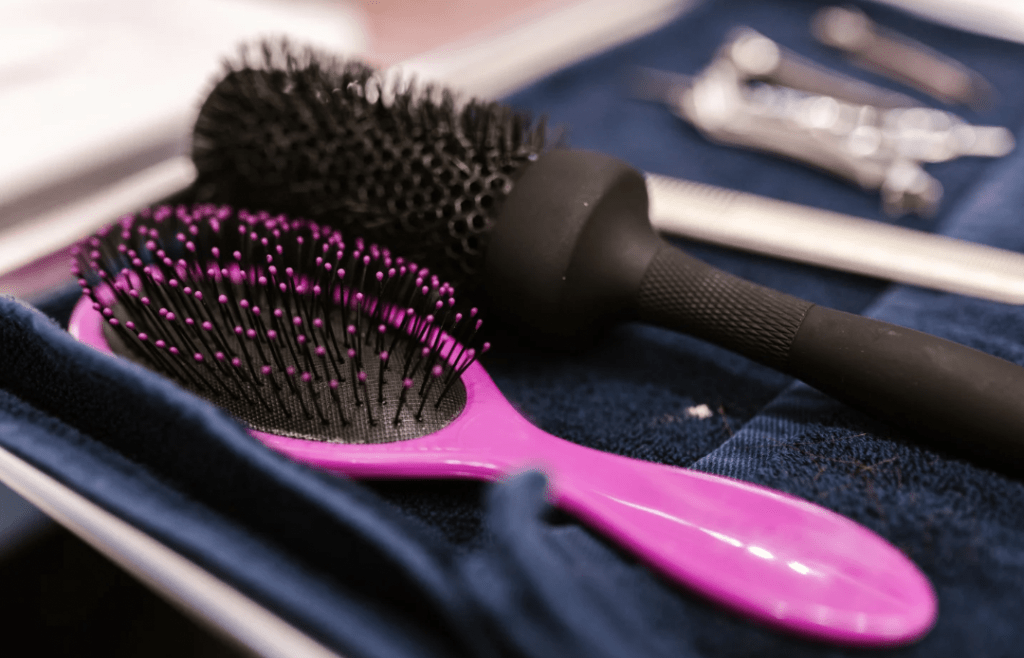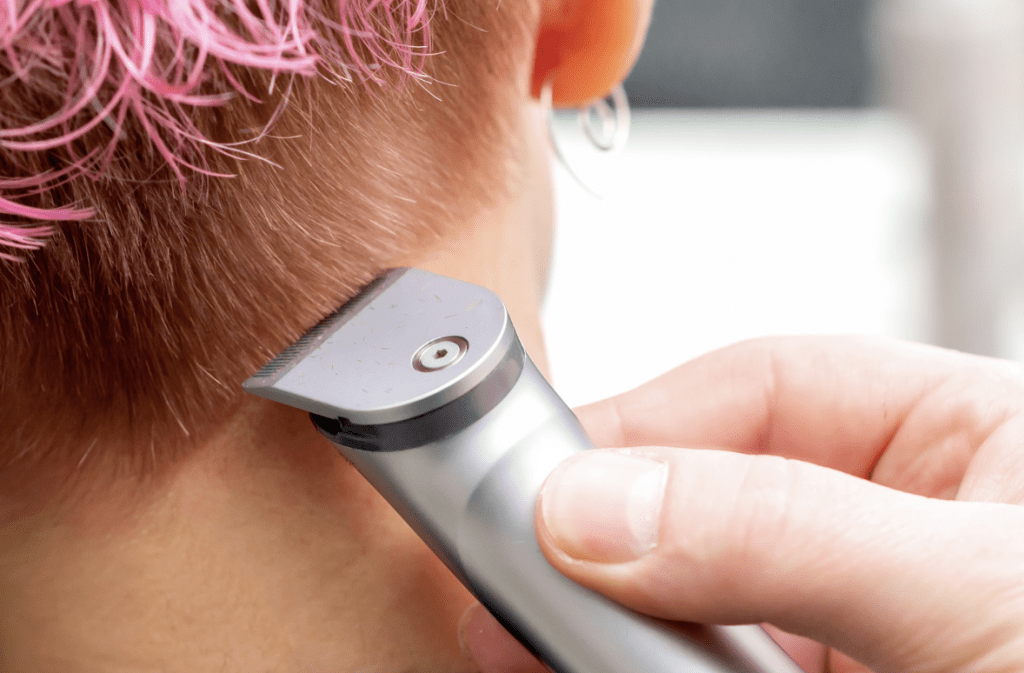In the realm of hair-raising misconceptions, lice myths have spun their web of confusion for far too long. From tales of flying pests to the belief that only kids are at risk, it’s time to unravel the truth.
If you’re searching for a reliable lice removal service near me, embark on a myth-busting journey that separates fact from fiction, equipping you with the knowledge you need to conquer these pesky parasites once and for all.
Let’s dive into the real story behind lice, dispelling myths and arming you with the right information to face these tiny invaders head-on.
Myth 1: Lice Prefer Dirty Hair
Among the many misconceptions about lice, the idea that these tiny pests exclusively target dirty hair stands out. Contrary to popular belief, lice are opportunistic parasites that don’t discriminate based on hair cleanliness. Lice are drawn to hair, whether it’s clean or unwashed, due to its warmth and proximity to the scalp.
Lice aren’t concerned about hygiene; their primary interest lies in feeding on blood from the scalp. In fact, clean hair might even make it easier for lice to attach and move around, as there’s no excess oil or product hindering their movement.
Recognizing that lice can infest anyone, regardless of their hair hygiene, is paramount. Dispelling this myth not only eliminates stigma but also prompts proactive prevention and successful lice treatment in Philadelphia. This way, misinformation won’t trigger unwarranted stress or anxiety among individuals seeking proper care.

Myth 2: Lice Can Jump or Fly
One of the enduring misconceptions about lice is their supposed ability to jump or fly. In reality, lice are wingless insects that lack the anatomical structures needed for such actions. Instead, lice rely on direct contact, particularly head-to-head contact, to move from one host to another.
The manner in which lice spread is through crawling. They have specially adapted claws that allow them to grasp onto hair shafts, enabling them to navigate from one strand to another. This crawling method means that lice transmission usually occurs when hair or heads come into close contact, such as during playdates, hugs, or sharing personal items like hats.
By debunking the notion of lice being agile jumpers or flyers, we can foster a clearer understanding of how these parasites actually infest and spread. This awareness empowers individuals to take practical measures to prevent lice transmission and ultimately promotes a more accurate portrayal of these tiny nuisances.


Myth 3: Lice Only Affect Children
A prevailing misconception surrounding lice is that they exclusively target children. While it’s true that lice are often associated with school-aged children due to their close interactions and shared belongings, the reality is that lice can affect individuals of all ages.
Lice don’t discriminate based on age; they are opportunistic parasites that seek warmth and a blood supply from the scalp. Adults can also fall victim to lice infestations, especially if they have close contact with an affected individual or engage in activities that involve head-to-head contact.
Understanding that lice are a concern for everyone helps break the stigma that they’re solely a problem for children. By acknowledging that lice infestations can happen to anyone, we foster a more informed and proactive approach to prevention, detection, and treatment across all age groups.


Myth 4: Home Remedies Are Always Effective
Does chlorine kill lice? One prevailing misconception revolves around home remedies as a foolproof solution to lice infestations. While certain homemade treatments might offer temporary relief, they often prove inadequate in completely eliminating the issue.
Common home remedies include using mayonnaise, vinegar, or essential oils to suffocate or repel lice. However, lice have developed resistance to many of these methods over time. Additionally, these approaches may not address all stages of the lice life cycle, leading to persistent infestations.
Professional lice treatment products and services are designed based on extensive research and are more likely to effectively eliminate lice and nits (lice eggs). Instead of relying solely on unverified home remedies, it’s wise to consult experts and opt for evidence-based treatments that offer higher chances of success in tackling lice infestations.


Myth 5: Lice Spread Easily from Objects
A common misconception is that lice can easily spread from inanimate objects like hats, brushes, or furniture. In reality, lice are highly specialized parasites that require a human host to survive and reproduce. They cannot survive for more than a day or two away from the warmth and blood supply of the scalp.
While it’s theoretically possible for lice to move from object to object, the chances of infestation from these items are minimal. Head lice primarily spread through direct head-to-head contact, as lice need the warmth and blood supply of the scalp to thrive.
Understanding that lice can’t survive for long away from the scalp helps dispel the notion that they easily spread from objects. This knowledge encourages a focus on preventive measures that address the primary mode of transmission—close human contact—while minimizing unnecessary anxiety about objects as sources of lice infestations.


Myth 6: Shaving Your Head Gets Rid of Lice
A persistent myth suggests that shaving your head is a surefire way to get rid of lice. While it’s true that lice need hair to cling onto, shaving your head is not a guaranteed solution to eliminating an infestation.
Lice are resourceful pests that can crawl onto new hair growth or attach themselves to individual hair strands close to the scalp. Shaving your head might provide temporary relief, but it won’t necessarily eradicate lice entirely. Furthermore, shaving your head isn’t a practical solution for everyone and may not be suitable or desirable.
To truly address a lice infestation and dispel the myth “does lice cause hair loss?”, it’s essential to follow effective treatment methods that target both live lice and their eggs (nits), regardless of hair length. Shaving might not be the magic solution it’s often thought to be, so seeking expert advice and using proven treatment options is the best approach to ensure complete eradication.


Empowering Lice Awareness
Navigating the realm of lice is no longer shrouded in misconceptions. Armed with truth, you’re ready to debunk these myths and keep lice at bay. Remember, separating fact from fiction is key to effective prevention and management.
Embrace your newfound knowledge, empower yourself, and ensure a lice-free environment for you and your loved ones. With the fog of myths lifted, you’re prepared to tackle lice head-on, armed with accurate information and the confidence to maintain a lice-free life.
WE SAID THIS: Don’t Miss…Why Are Men Less Likely To Seek Help For Their Mental Health Issues?



